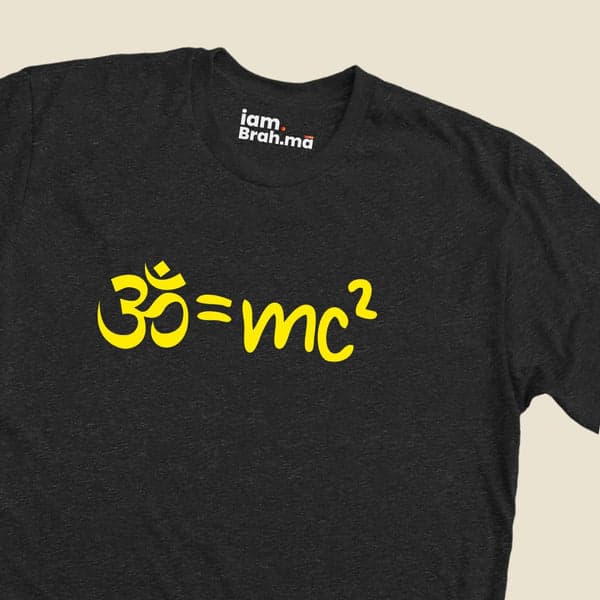Sama Veda
The Samaveda is shortest of all the four Vedas. It is closely connected with the Rigveda. It is important to note that the Samhita of the Samaveda is an independent collection (Samhita), yet it has taken many verses, a large number indeed, from the Samhita of Rigveda. These verses are chiefly derived from the eighth and the ninth Mandalas of the Rigveda. The Samaveda is compiled exclusively for ritual application, for its verses are all meant to be chanted at the ceremonies of the Soma-sacrifice and procedures derived from it. The Samaveda is, therefore, specially intended for the Udagatr priest. Its stanzas assume their proper character of musical samans or chants only in the various song-books called Ganas. According to the Jaiminiya Sutra – ‘Melody is called Saman.’ Traditional the Vedas are spoken as‘Trayi‘, because thay are composed of three kinds in mantras Rcs or verses, Yajus or prose, Saman or chants. Among the four Vedas, the Samaveda is regarded as the foremost. In the Bhagavadgata, where Lord Krishna has declared “Among the Vedas I am Samaveda”- Vedanama Samavedosmi (Gita, 10.22). Here Indra, Agni and Soma deities are mainly invoked and praised but most of the time these prayers seem to be the invocations for the Supreme Being. In the spiritual sense Soma represents All-pervading, Glorious Lord and Brahman, who is attainable only through devotion and musical chanting. Thus major theme of the Samaveda can be regarded as worship and devotion (Upasana).
Chapter Description Not Available
Help us improve by contributing the description for this chapter.
Submit via WhatsApp...




